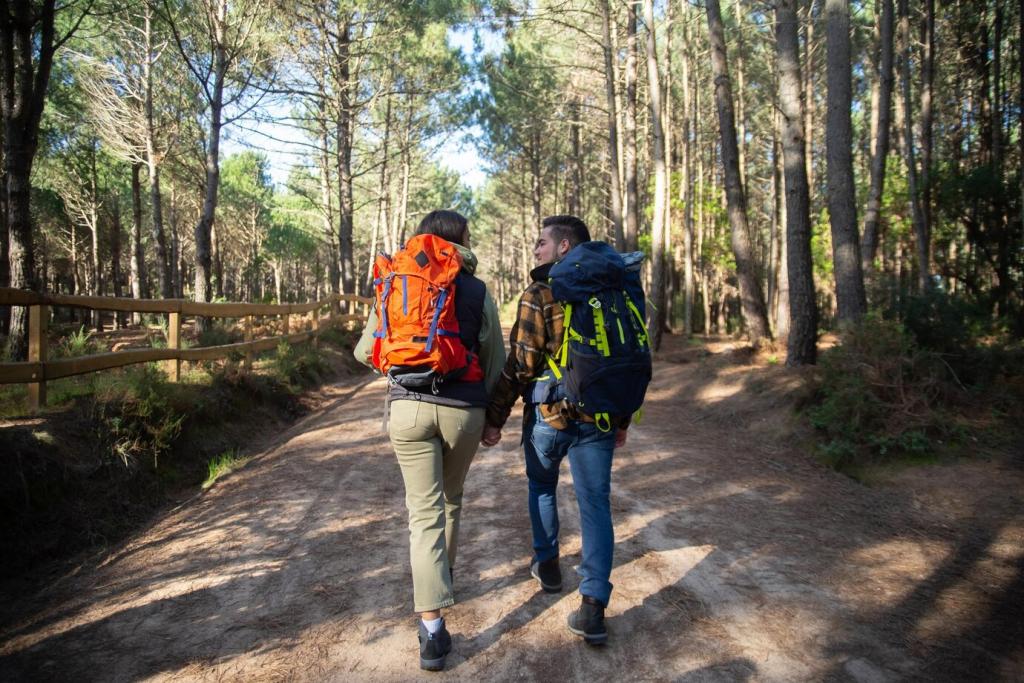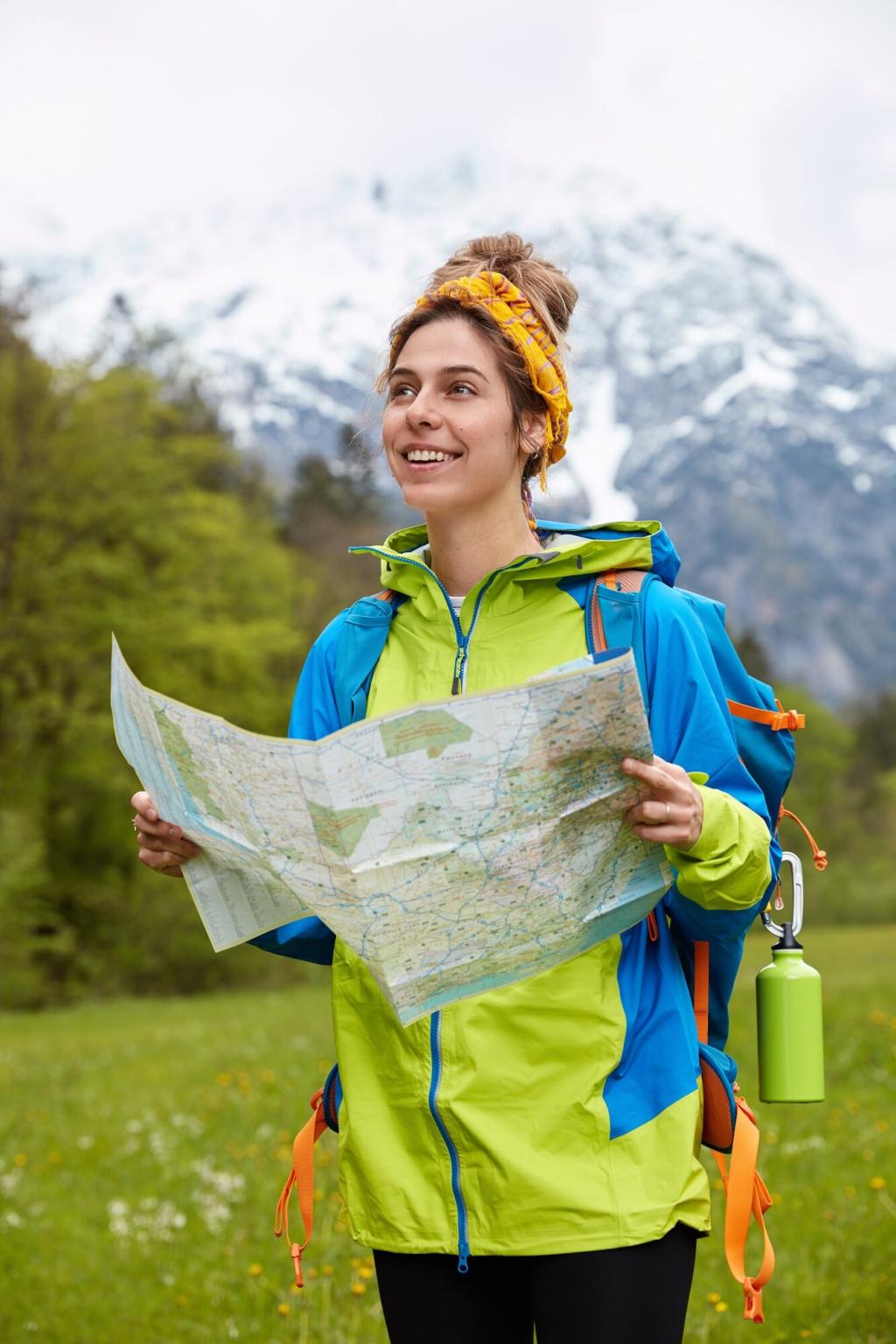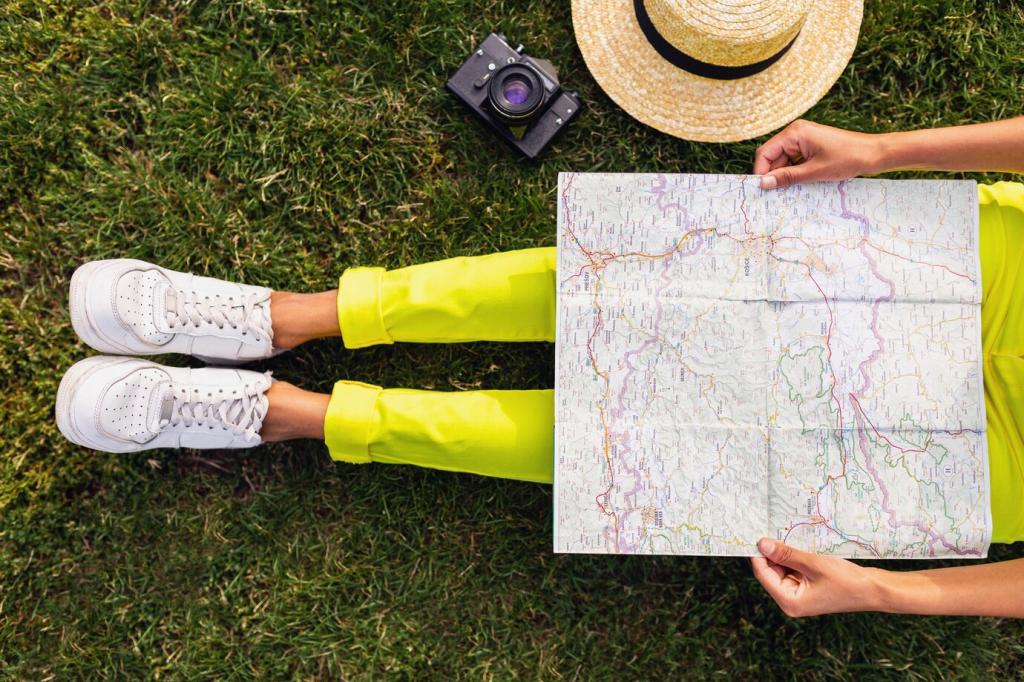Gear Tailored to Trail-Adjacent Camping
Designated pads can be small, so freestanding tents or trekking-pole shelters that pitch tight help. Pair with a warm, light pad. Tell us which shelter thrives on cramped sites beside popular trail corridors.
Gear Tailored to Trail-Adjacent Camping
Bear canisters and extra water change volume and balance. Choose a pack that carries dense loads comfortably and keeps essentials handy. Comment with the pack model that made your trail-to-camp transition effortless.



